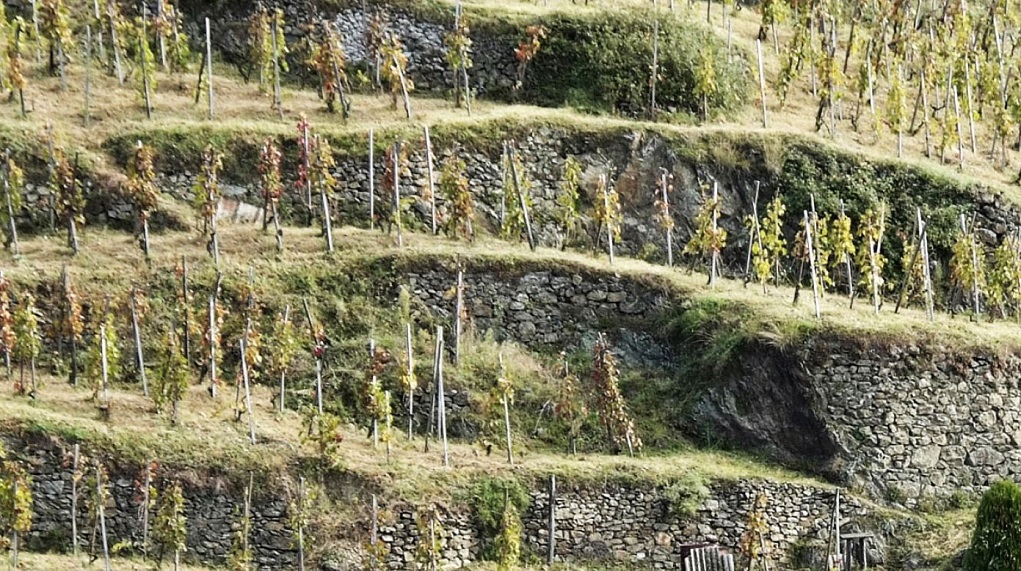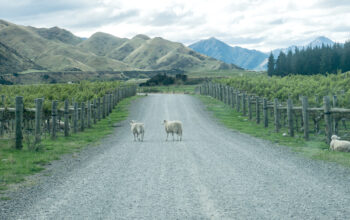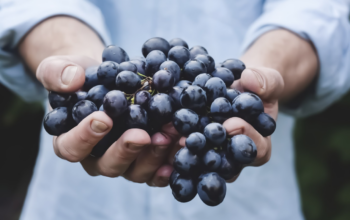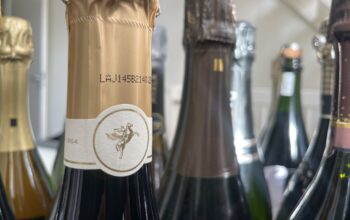What do we have in the barrel? A fragrant Frenchman of aristocratic origin with generously rounded shapes. a grape, which only narrowly managed to escape oblivion, but is now making a glorious comeback. The story of le Viognier. - TEXT SKIN EDIXHOVEN | IMAGE SHUTTERSTOCK
Viognier
This cult grape, because that's what viognier can be called, has its own bevy of fans. Idolised they are about its round, soft mouthfeel and its distinctly generous aromas. 'Voluptuous', 'round-bodied, 'voluptuous' or even 'bottled sex'; these are all words that enthusiasts will lisp, often salivating, when talking about their favourite grape. That there are now admirers galore is an accomplished fact. This Frenchman, exuberantly flirting, is conquering the world - but not without regularly driving his educators (read: winemakers) to despair.
Stamp in the Rhone
When you contemplate the success of viognier, it is hard to imagine that the same grape was dying not even that long ago. Forgotten and lost except for a tiny pick of plantings. The impossibly steep slopes of the northern Rhône were home to the world's last vines of viognier in the 1970s. A mere 14 hectares were left. In all the world! No more than a proverbial postage stamp, in other words. Consumers had simply lost sight of the wines of Condrieu and Château- Grillet, the two classic viognier AOCs. On the upside exactly 50 years ago was the absolute nadir of recognition for the grape's wines. In 1969, the entire Condrieu appellation produced 2,530 bottles of Condrieu AOC, not even enough for one producer to survive on.
Renaissance
So what on earth has happened in the meantime? These days, after all, passionate winemakers around the world give their heart and soul to this grape. Yes, even in the Netherlands it has meanwhile managed to conquer a place. Not just any place, by the way. The Netherlands' oldest and most renowned winery, the Apostelhoeve, planted viognier in 2020 in its south Limburg marl soil. This outright and spectacular comeback is largely due to some pioneers from unexpected quarters.
Fresh eyes
In 1970, Josh Jensen studied at Oxford. This ambitious American with Scadndinavian roots wanted to make it in winemaking. In his holidays, he invariably sought out vineyards where he helped harvest. After experiencing several harvests, he looked further south and ended up at Château-Grillet to help pick. The three bottles of Château-Grillet he received for his services made him instantly fall in love. He wanted to make this too one day. In the early 1980s, he put his money where his mouth was and with it put viognier on the map of California, at that time the beating heart of wine innovation. Viognier and California fell in love at first sight.
At the same time, in homeland France, another independent and enterprising spirit saw the potential of viognier. It was the uncrowned king of Beaujolais, who wanted to broaden his portfolio and bet on more horses than just gamay. George Duboeuf, the man who put Beaujolais on the map, planted viognier throughout southern France.
Curious about the whole article? In the latest Winelife Magazine edition #70, you can read more. Order this one here.
Don't want to miss a single edition? Subscribe then subscribe to Winelife Magazine now!
Want to stay up to date with the best articles? Follow Winelife magazine on Instagram, Facebook and sign up for our fortnightly newsletter.




